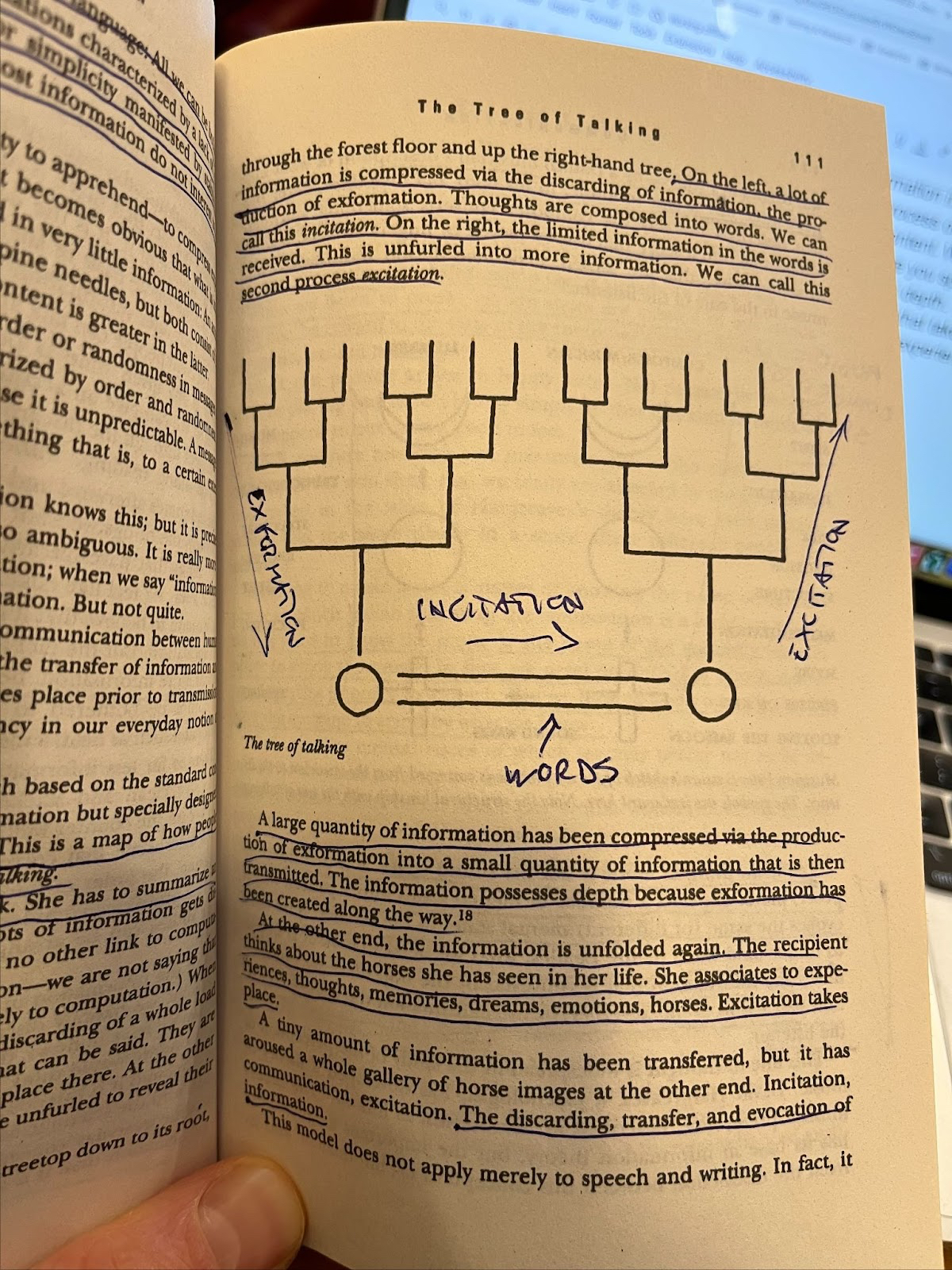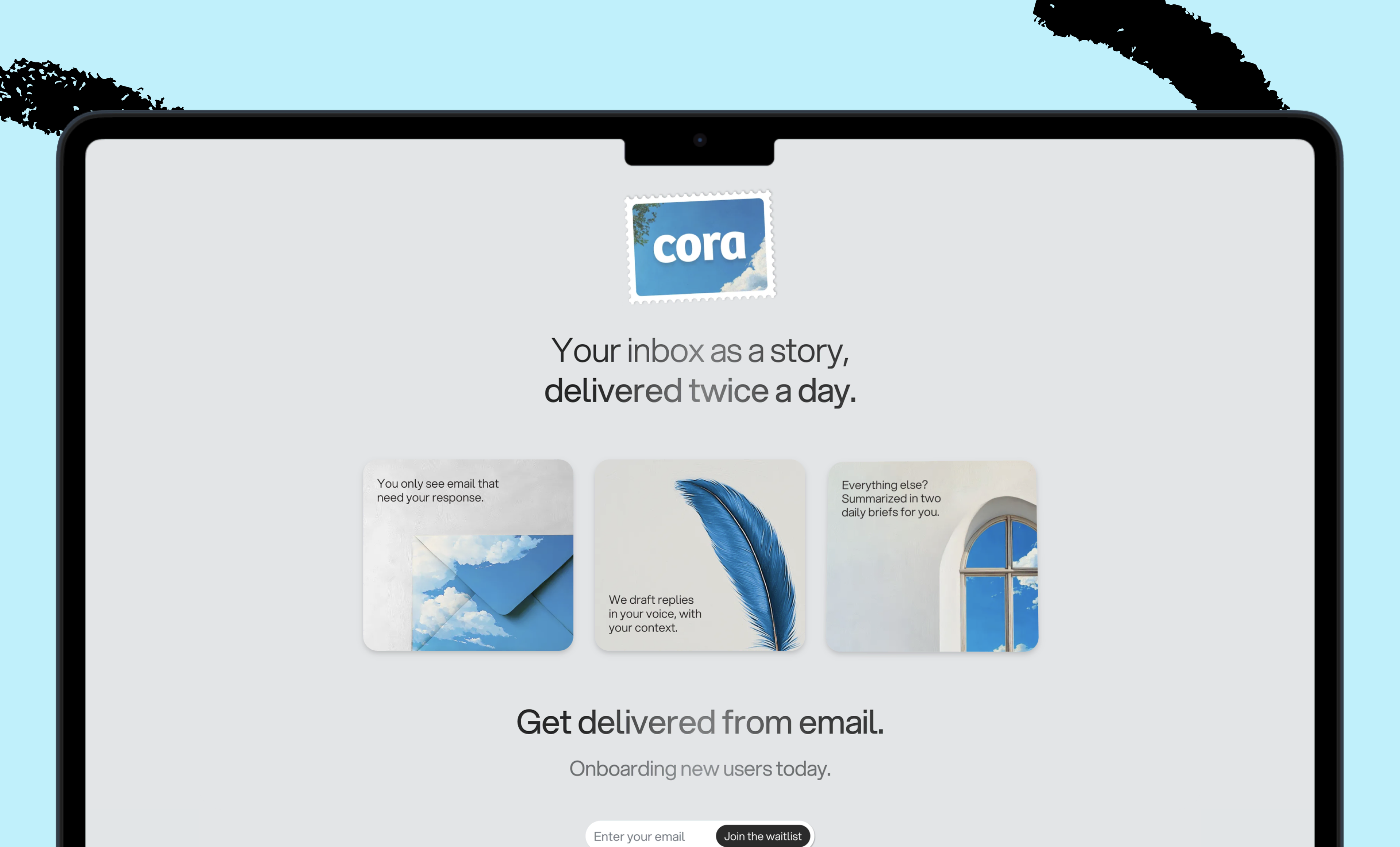
In the first part of Chris Silvestri’s series on empathy engineering, his framework for simulating customers using AI, he wrote about the process of gathering and analyzing data. In the second part of this four-part series, he actually breathes life into his new AI personas, creating the virtual sounding boards to write and test marketing messages.—Kate Lee
Was this newsletter forwarded to you? Sign up to get it in your inbox.
Words are not static. They don't have fixed meanings that everyone universally understands.
Nowhere is that more true than in marketing. What you say isn’t always what your customers hear.
In his 1999 book The User Illusion, cognitive scientist Tor Nørretranders introduced a framework called the "tree of talking." He argues that communication is a process of compressing vast amounts of information into a few words. When we speak or write, we're creating a condensed version of our thoughts and experiences.
Source: The User Illusion by Tor Nørretranders, 1991.But the person receiving that message then has to unpack those words, interpreting and personalizing them based on their own experiences, associations, and memories. The same phrase can evoke completely different reactions in different people. The words "team productivity" might trigger positive emotions in someone who thrives on collaboration and efficiency, but negative emotions in someone who associates it with overbearing micromanagement and chronic burnout.
For our empathy engineering framework, we're not just building AI personas that understand words—we're creating personas that unpack meaning. We want to use AI to simulate how real people would react to marketing messages, taking into account their unique backgrounds.
We can use the tree of talking to create emotionally nuanced and human-like AI personas. This is not your typical customer persona. Think of it like the difference between a flat, two-dimensional character in a 1980s video game and one you meet in a modern VR experience.
Five steps to building AI personas that react like humans
In order to simulate how our ideal customers unpack the meaning and emotional weight behind the words we use in our marketing, we need to deconstruct their personality and decision-making process. The following are the building blocks of our virtual customer:
Become a paid subscriber to Every to unlock this piece and learn about:
- Five steps to engineering AI empathy
- The prompt templates to help you create human-like AI customer personas
- How to bring digital characters to life
The Only Subscription
You Need to
Stay at the
Edge of AI
The essential toolkit for those shaping the future
"This might be the best value you
can get from an AI subscription."
- Jay S.
Join 100,000+ leaders, builders, and innovators

Email address
Already have an account? Sign in
What is included in a subscription?
Daily insights from AI pioneers + early access to powerful AI tools






